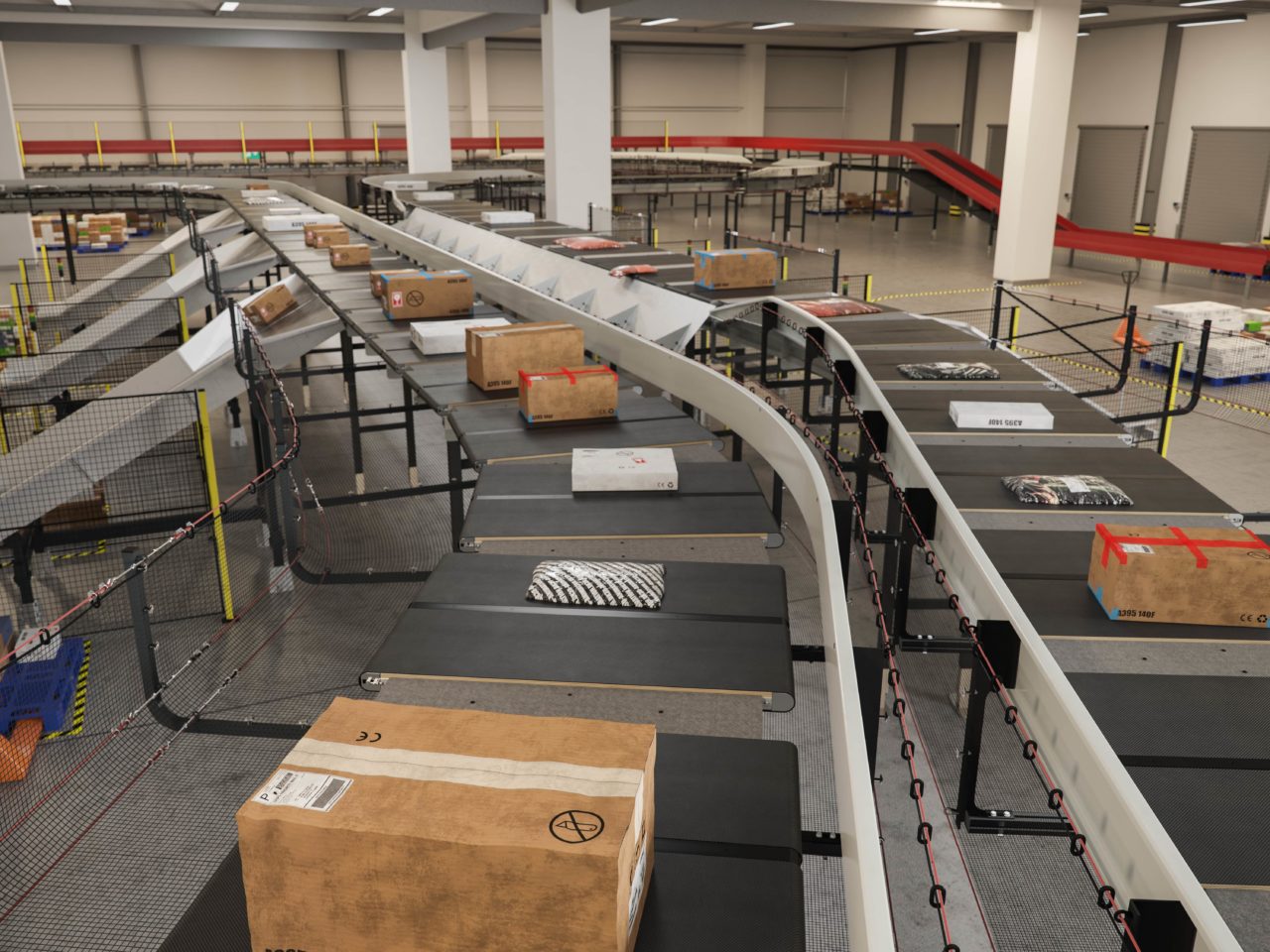How to make first time automation affordable
As e-commerce has exploded, many companies are facing the reality that the boom could actually cut into profits as the manual handling of parcels continues to suck money out of their operations.

As e-commerce has exploded, many companies are facing the reality that the boom could actually cut into profits as the manual handling of parcels continues to suck money out of their operations.
By BEUMER Group
Norwegian distributor Helthjem is a textbook example of a company that had to find a new way to handle the flood of parcels it now deals with every day.
Since its inception in 2015, the company has grown in just a few short years from zero to over 16 million parcel shipments per year. With a market share of approximately 15 percent, Helthjem is one of Norway’s largest privately-owned companies in the distribution of online shopping parcels.
Helthjem is now expanding its main terminal and will relocate to a new, larger terminal with a state-of-the-art automated sorting facility.
The new sorting facility supplied by BEUMER Group has the capacity to handle up to 50 million parcels a year, with up to 250,000 parcels per day and 15,000 packages per peak hour.
Anders Lunde Angen, general manager of Helthjem Netthandel, believes that fast delivery is one of the main reasons why more and more online stores choose Helthjem.
“With the new sorting facility, we ensure that we are able to sort lightning fast and we can offer delivery to over 50 percent of Norway’s population within 12 hours of the parcels being received at our terminal in Vestby,” he says.

[Copyright: www.helthjem.no]
Despite Helthjem’s success, the reality is that for small CEP companies automation can be an expensive investment. As such, a growing company needs to avoid being locked into systems that impede their agility and may not meet their future requirements. However, smaller businesses can begin with limited automation and capitalise on its benefits, while still retaining internal flexibility and versatility.
Brian Hansen, Systems Director for BEUMER Group’s logistic systems offers up three important variables for a company to consider when deciding if automation is affordable.
First, he says a strong business case must be the driving force behind the evaluation process.
“If the CEP has considered earnings per item, operational cost per items and the impacts on the distribution network, then it is possible for us to make a calculated decision on the impact of automation and whether the benefits outweigh the investment.”

Secondly, Hansen suggested that companies looking to move gradually into automation invest in modular system architecture, which has a number of advantages, including the ability to be easily extended and upgraded.
“An ideal solution could be a line sorter, because it offers a high degree of flexibility and a range of features that are ideal for growing businesses,” he says.
According to Hansen, cleverly designed modular architecture enables a sortation system to be expanded with minimal downtime and is also very mobile, making it ideal for relocating or expanding sites. Furthermore, future expansion would not necessarily necessitate the purchase of new controls because existing ones could simply be upgraded.
Finally, Hansen suggests that a company find a partner to help support them through long-term growth, with systems designed for gradual expansion.
“There is an important period of time after the equipment has first been installed in which the success of the partnership and operation will be determined,” he continues. “Questions such as who to call in the middle of the night if there are problems and, in the longer term, how to extend the system must be considered at the earliest stages.”